The advent of cryo-electron microscopy (cryo-EM) has revolutionized structural biology, enabling researchers to visualize biomolecules at near-atomic resolution. However, the computational demands of processing cryo-EM data have created significant barriers for many research institutions. This challenge has given rise to an innovative solution: cloud-based cryo-EM platforms that democratize access to molecular structure determination.
The Computational Bottleneck in Cryo-EM
Traditional cryo-EM workflows require massive computational resources that often exceed the capabilities of individual laboratories. The process involves sorting through thousands of low-contrast 2D particle images, generating 3D reconstructions, and refining atomic models - tasks that demand specialized hardware and expertise. Many research groups, particularly in developing countries or smaller institutions, find themselves locked out of this powerful technology due to infrastructure limitations.
This bottleneck has sparked a movement toward shared computational resources. Cloud platforms specifically designed for cryo-EM processing are transforming the field by allowing researchers worldwide to upload their raw data and access powerful remote servers for processing. These platforms effectively level the playing field, enabling structural discoveries regardless of a lab's local computing capacity.
Global Collaboration Through Shared Infrastructure
Several pioneering initiatives have emerged to create these shared cryo-EM resources. The European Union's Euro-BioImaging project, for instance, provides cloud-based cryo-EM processing as part of its advanced microscopy services. Similarly, the EMPIAR (Electron Microscopy Public Image Archive) serves as both a data repository and a springboard for cloud-based reprocessing of publicly available datasets.
In Asia, platforms like China's iHuman Institute cloud service offer specialized tools for membrane protein structure determination. These services often incorporate machine learning algorithms that automate parts of the reconstruction pipeline, making cryo-EM more accessible to non-specialists while maintaining rigorous standards.
The true power of these platforms lies in their collaborative potential. A research team in Brazil can build upon reconstructions started by colleagues in Sweden, while a pharmaceutical company in India might validate its drug target structures against reference models generated by academic labs in Canada. This global network effect accelerates structural biology research in unprecedented ways.
Technological Foundations of Cryo-EM Clouds
Underlying these platforms are sophisticated distributed computing architectures. Most employ containerized processing pipelines (like Appion or RELION) that can scale dynamically based on workload. Advanced job scheduling systems prioritize tasks while ensuring fair access among multiple users. Some platforms even integrate with national supercomputing facilities during peak demand periods.
Data security and integrity present unique challenges in this environment. Cloud providers implement robust encryption for data transfers and storage, along with version control systems to track processing steps. The emergence of federated identity management allows researchers to access multiple cryo-EM resources using institutional credentials while maintaining strict access controls on sensitive data.
Perhaps most importantly, these platforms standardize processing workflows. By providing pre-configured software environments, they reduce variability between labs and improve the reproducibility of structures - a critical concern in structural biology. Many services now include validation pipelines that automatically check reconstructions against community standards before deposition in public databases.
Impact on Research and Drug Discovery
The implications for biomedical research are profound. Academic labs studying rare diseases can now determine protein structures without investing in local computing clusters. This capability has led to a surge in structures of medically relevant targets, from viral proteins to neurodegenerative disease markers.
In pharmaceutical development, cloud cryo-EM platforms enable rapid structure-based drug design cycles. Companies can screen fragment libraries against target proteins by comparing cryo-EM density maps before and after compound binding. Several recent drug candidates against COVID-19 and antibiotic-resistant bacteria emerged from such cloud-enabled workflows.
The platforms also facilitate "big data" approaches in structural biology. Researchers can mine thousands of publicly available cryo-EM datasets to identify structural patterns or rare conformational states. Some services now incorporate tools for comparative analysis across species or disease states, opening new avenues for evolutionary and pathological studies.
Educational and Training Benefits
Beyond research applications, cryo-EM cloud platforms serve as powerful educational tools. Students worldwide can access real processing workflows through virtual labs, gaining hands-on experience without requiring local infrastructure. Several platforms offer tutorial datasets with guided processing pipelines, helping to train the next generation of structural biologists.
This democratization of expertise is particularly valuable for institutions building their cryo-EM capabilities. By learning on cloud platforms, researchers can make informed decisions about local infrastructure investments. The shared knowledge base also helps standardize best practices across the global cryo-EM community.
Future Directions and Challenges
As these platforms mature, several frontiers are emerging. Integration with X-ray crystallography and NMR data is becoming more seamless, enabling hybrid structural determination approaches. Some services are experimenting with blockchain technology to track data provenance and processing history more transparently.
However, challenges remain. Bandwidth limitations still hinder researchers in regions with poor internet connectivity. The "pay-per-use" models of some commercial platforms create financial barriers for academic users. There's also an ongoing need to balance open science principles with protection of proprietary data in industry-academic collaborations.
Looking ahead, the convergence of cryo-EM clouds with artificial intelligence promises to further transform the field. Platforms incorporating real-time processing feedback and automated model building could soon make high-resolution structure determination as routine as DNA sequencing has become. As these technologies develop, the vision of truly democratized structural biology appears increasingly within reach.
The rise of shared cryo-EM computing resources represents more than just a technical innovation - it embodies a cultural shift toward collaborative, open science. By breaking down barriers to molecular visualization, these platforms empower researchers everywhere to contribute to our understanding of life's machinery at the atomic level. As the technology continues to evolve, its impact on biology, medicine, and beyond will only grow more profound.
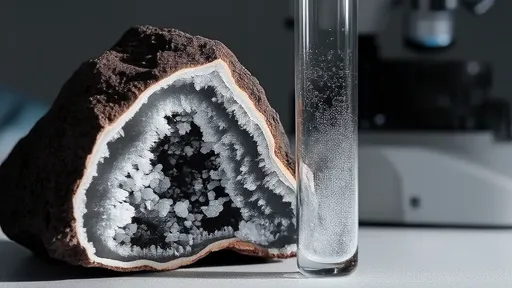
By /Jul 18, 2025
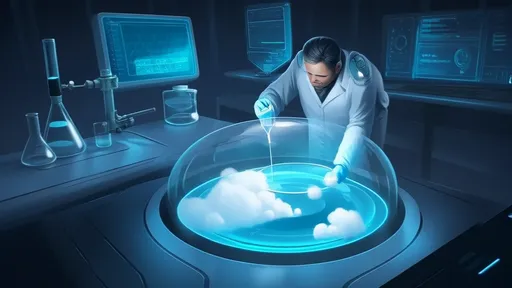
By /Jul 18, 2025

By /Jul 18, 2025

By /Jul 18, 2025
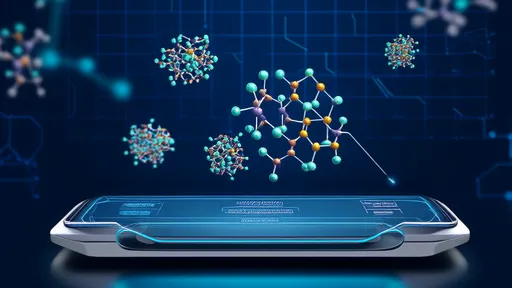
By /Jul 18, 2025
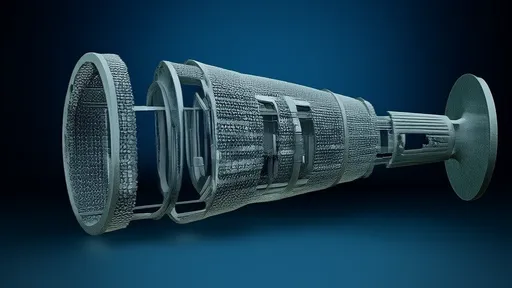
By /Jul 18, 2025

By /Jul 18, 2025

By /Jul 18, 2025
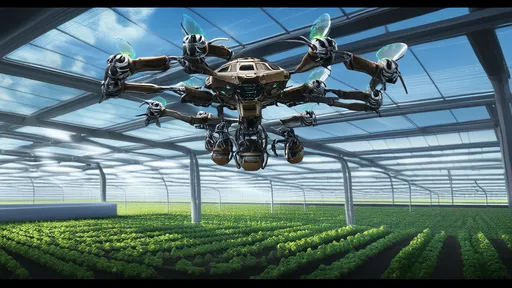
By /Jul 18, 2025
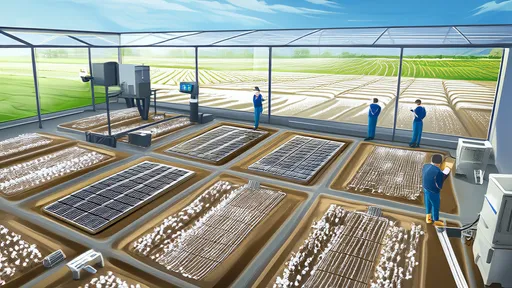
By /Jul 18, 2025
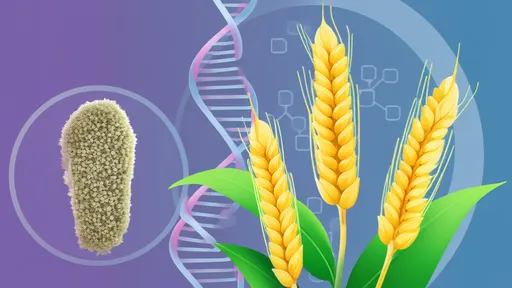
By /Jul 18, 2025
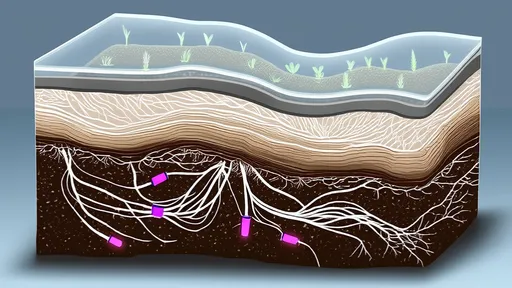
By /Jul 18, 2025

By /Jul 18, 2025

By /Jul 18, 2025

By /Jul 18, 2025
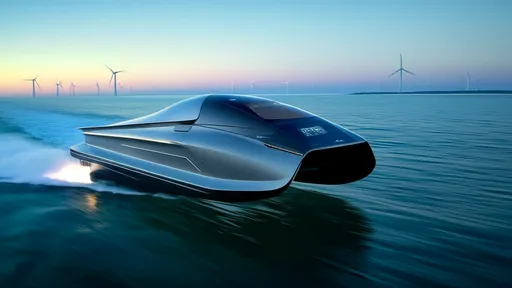
By /Jul 18, 2025
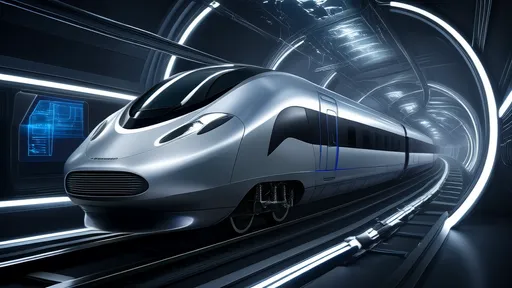
By /Jul 18, 2025
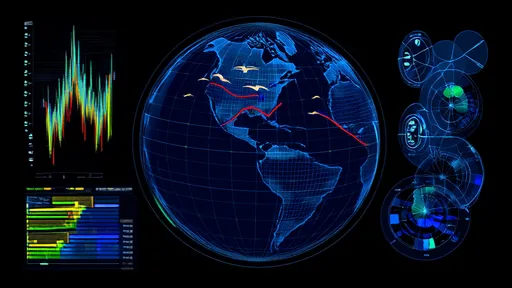
By /Jul 18, 2025